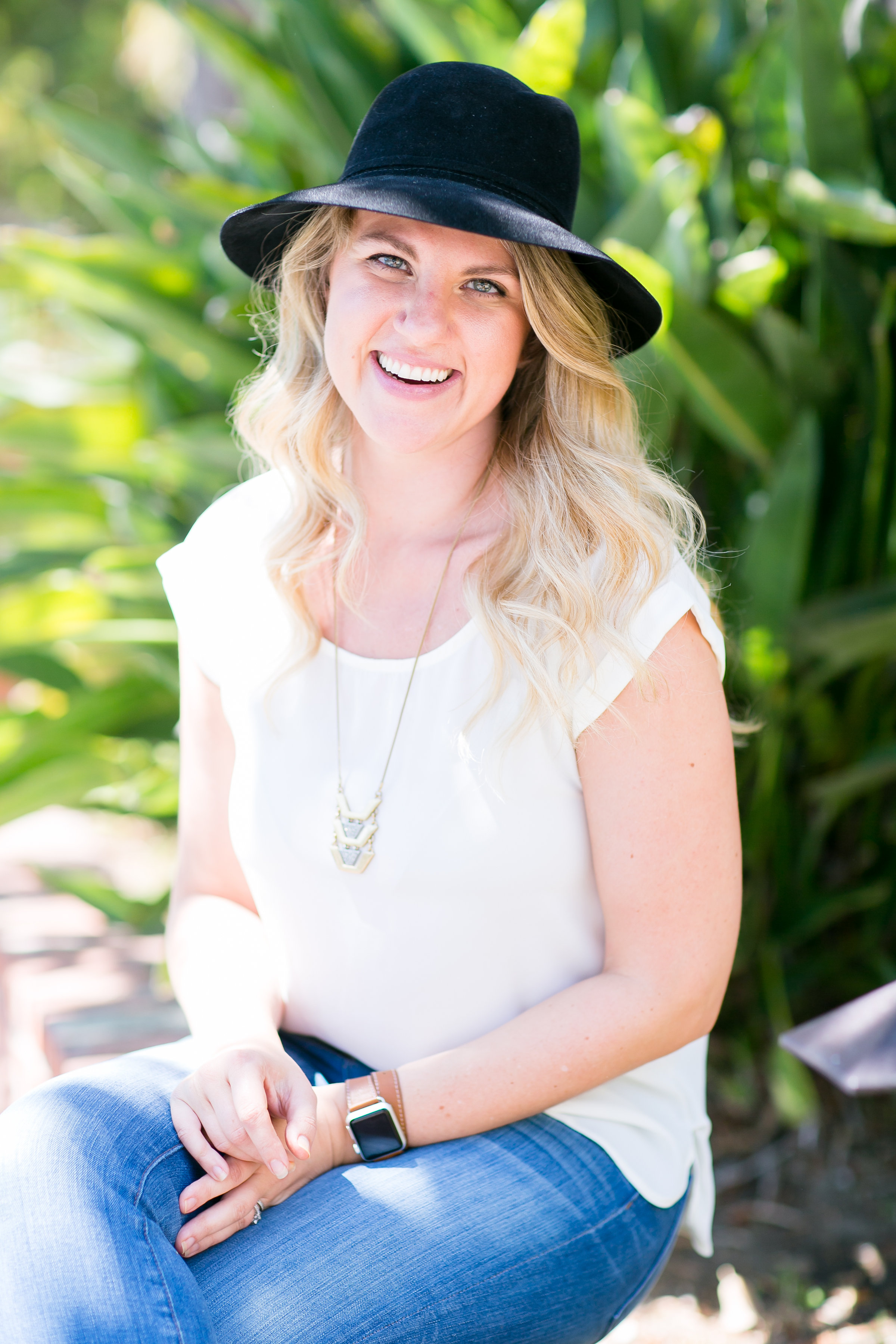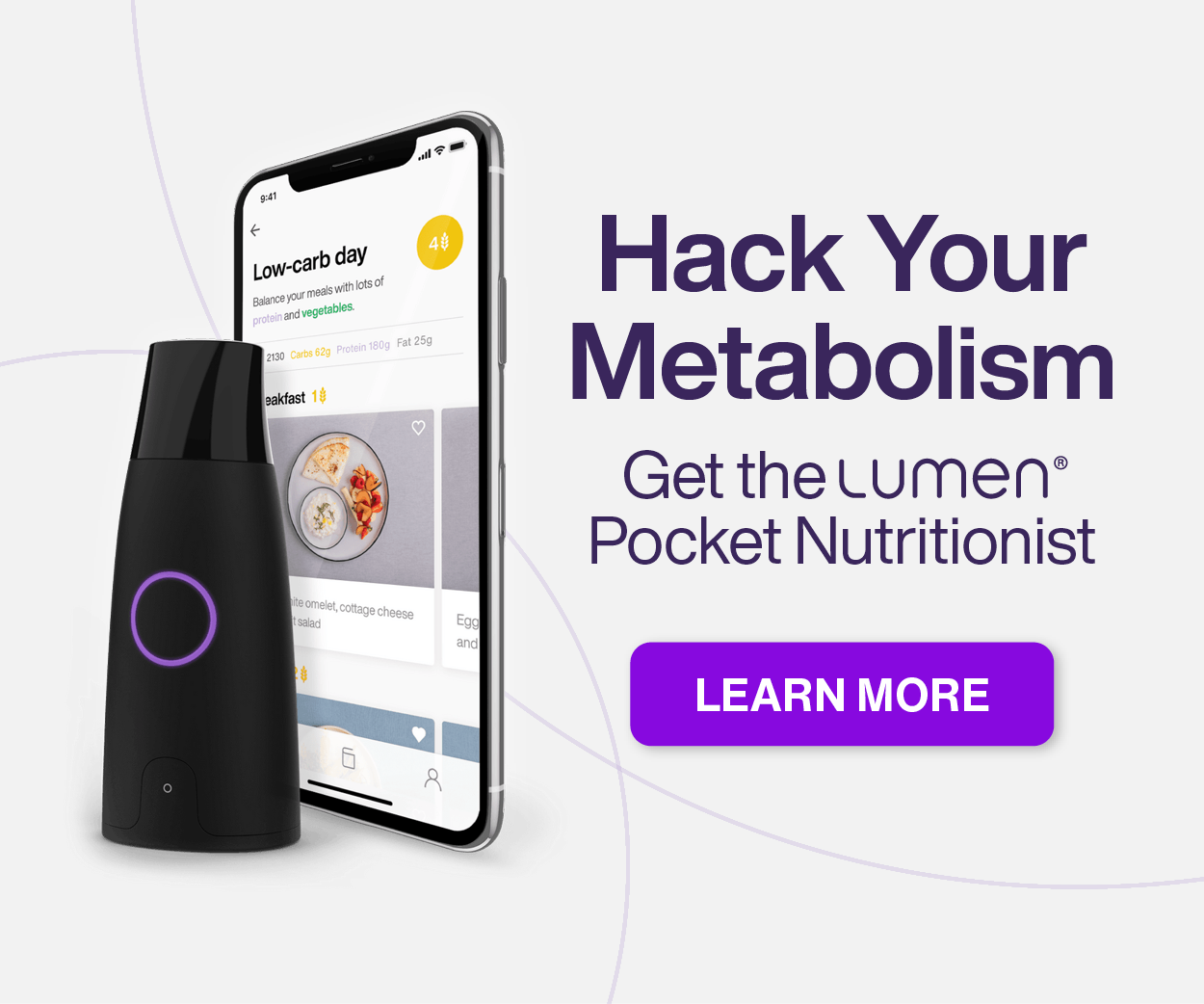 Whether or not to consume animal protein is a very personal decision. We need to take into account out individual bodies, lifestyles, and ethics when deciding where we stand. In my mid-20’s, I made the choice to become mostly vegetarian (or pescatarian, as it were– I ate fish every once in a while). There were many factors that led to my decision — I was dating a vegan chef at the time who really opened my eyes to the ethics and health factors involved in my meat-eating lifestyle. When I cut out animal protein, I felt so much healthier, lighter, even possibly happier. After about 6 years of my pescatarian lifestyle, I made the decision to start eating some animal protein again when I was pregnant. I was craving it, and found that my pregnant body responded really well to some chicken once a week and a grass-fed burger once a month. Obviously, being pregnant, I put a huge emphasis on only eating fresh, organic, non-GMO foods, and that applied even stronger to my animal protein choices. But I was startled to discover that food labeling isn’t as straightforward as it seems.
Whether or not to consume animal protein is a very personal decision. We need to take into account out individual bodies, lifestyles, and ethics when deciding where we stand. In my mid-20’s, I made the choice to become mostly vegetarian (or pescatarian, as it were– I ate fish every once in a while). There were many factors that led to my decision — I was dating a vegan chef at the time who really opened my eyes to the ethics and health factors involved in my meat-eating lifestyle. When I cut out animal protein, I felt so much healthier, lighter, even possibly happier. After about 6 years of my pescatarian lifestyle, I made the decision to start eating some animal protein again when I was pregnant. I was craving it, and found that my pregnant body responded really well to some chicken once a week and a grass-fed burger once a month. Obviously, being pregnant, I put a huge emphasis on only eating fresh, organic, non-GMO foods, and that applied even stronger to my animal protein choices. But I was startled to discover that food labeling isn’t as straightforward as it seems.
One of the most common questions I get from my clients is about food labeling, especially when it comes to consuming animal products. By now, we all know the problems with conventionally farmed meat and dairy (the hormones, antibiotics, inhumane practices, etc.), but with all the different varieties of “happy meat” out there, how do you know which is best? Most people think that many common food labels are interchangeable — free-range is just another word for cage-free, right? All that really matters is that it’s organic, right?? If I buy my meat or eggs at Whole Foods, it has to be ok, righhhht??? Turns out, wrong.
There are substantial differences in the stringency of regulations regarding all the common food labels. For example, I was shocked to discover that “free-range” chickens need only have access to the outdoors, but there is no guarantee that they will actually spend any time free-ranging at all. And did you know that wild-caught seafood is not always better than farmed?
To make the healthiest choices for our selves, our families, and our planet, we need to be armed with knowledge about what exactly we are putting in our bodies. Below is my simple, straight-forward food labeling guide to help you pick the best foods to put on your table.
So what do I choose for myself and my family?
Always organic and non-GMO everything, especially animal protein. We eat free-range organic chicken a few times a week, wild caught Alaskan salmon or Pacific Dover Sole once or twice a week, and pasture-raised eggs maybe 2-3 times a week. The majority of our diet is still plant-based. I’m not going to lie, I still struggle with eating animal protein and feeding it to our kid (we decided to include some animal protein in her diet due to some growth issues and food sensitivities that limited her protein options). I imagine once our little one is a bit older, we’ll all go back to our old pescatarian ways. But for now, I can feel confident that I am minimizing the impact our choices are having on our health and the planet by picking the healthiest and cleanest foods we can.
 Organic: In order to receive USDA organic certification, poultry, cattle, and pigs must be raised on certified organic land, fed organic, non-GMO feed with no added hormones or antibiotics, and must have access to the outdoors. Organic certification is strictly upheld and guarantees the highest quality animal product. Animals fed an organic diet are also healthier (when compared to industrial concentrated animal farming operations or CAFO’s), and produce meat that is more nutritious. Naturally, organically farmed animals are more likely to have been humanely raised as well.
Organic: In order to receive USDA organic certification, poultry, cattle, and pigs must be raised on certified organic land, fed organic, non-GMO feed with no added hormones or antibiotics, and must have access to the outdoors. Organic certification is strictly upheld and guarantees the highest quality animal product. Animals fed an organic diet are also healthier (when compared to industrial concentrated animal farming operations or CAFO’s), and produce meat that is more nutritious. Naturally, organically farmed animals are more likely to have been humanely raised as well.
Always choose organic meat and poultry.
Non-GMO: Non-GMO means that the food has not been genetically modified or otherwise altered in a laboratory. For meat and eggs, it means that the animals were not fed genetically modified foods. Most non-organic corn, soy, rapeseed (canola), and sugar beets in the United States are genetically modified. The most common use of genetic modification of these crops is making them resistant to glyphosate, a common herbicide, which allows farmers to spray the it directly onto the crops without killing them. The World Health Organization classified glyphosate as “probably carcinogenic to humans” in 2015, and it’s use has negative environmental effects as well. The non-GMO label is not highly regulated, so it’s important to look for third party certification like the Non-GMO Project Verified logo or the USDA Organic seal, both of which guarantee that the food is less than 0.9% genetically modified.
 Poultry and Eggs:
Poultry and Eggs:
Free-range: Free-range designation is a USDA designation that applies only to chickens, and requires simply that the birds be allowed access to the outdoors, though for an undetermined period of time each day. This could mean 2 minutes a day outside, or chickens that spend most or all of their time outdoors (as in “pasture-raised” hens). It could also mean that there is a small door that chickens can use leading to a semi-outdoor space, but requires no guarantee that the chickens actually use it. Only poultry that is certified “free-range” by the Humane Farm Animal Care (HFAC)’s Certified Humane program guarantees that the chickens spend at least 6 hours a day outdoors (weather permitting) and must have space of at least two square feet per bird.
Cage-free: The least specific of all designations for raising poultry, the USDA regulations state that cage-free chickens not be kept in cages, but gives no stipulations about access to the outdoors or square footage per animal. This could mean that a cage-free hen still lives in cramped, inhumane circumstances, with no access to the outdoors. If eggs are HFAC certified cage-free, however, there must be at least 1.5 square feet of space per bird.
Corn-fed: Corn-fed chickens are typically raised in cramped concentrated animal farming operations (CAFO’s), and are not allowed to roam freely and graze on plants and bugs outdoors. They are fed corn to help them grow bigger, faster, for the least amount of money. Rarely is the corn organic, and it is often genetically modified. Corn-fed chickens produce meat and eggs that are less nutritious, lower in omega-3 fatty acids, and several key nutrients. Due to the cramped living arrangements and unnatural diet of corn-fed chickens, they are prone to infection and disease, so antibiotics and hormones are added to the corn. Corn-fed chicken and eggs are best avoided, whenever possible, both from a health perspective, as well as from an ethical standpoint.
Pasture-raised: Also relating only to chickens, pasture-raised is not regulated by the USDA, but is certified by the HFAC. The HFAC certified “pasture-raised” designation is much more specific than free-range or cage-free, and guarantees the most humane practices. To receive this certification, chickens must be raised outdoors year round in rotating fields, with shelter to protect them from severe weather, and a minimum of 108 square feet per bird. Birds that are pasture-raised are able to eat a natural diet of plants and insects that produces higher quality and more nutritious meat and eggs.
Pasture-raised hens and eggs are arguably the cleanest, healthiest, and most humane option.
 Beef:
Beef:
Grass-fed: Grass-fed refers to cattle that has spent most, if not all, of it’s life grazing on grass. Though not regulated by the USDA or other federal body, there are third-party verifications like the PCO 100% Grass-fed Certification (which requires that the beef be organic as well) and the American Grassfed Seal (which requires that the beef is antibiotic and hormone free). Beef from grass-fed cows is much more nutritious than conventionally-raised cattle, containing more nutrients, a healthier omega-3 to omega-6 fatty acid ratio, and has 2 to 3 times as much CLA (conjugated linoleic acid). Additionally, grass-fed cows are raised much more humanely.
 Seafood:
Seafood:
Wild Caught: Wild-caught fish are caught in their natural environments, and for certain types of fish, indicates a lower mercury level, higher nutrition, and more sustainable, responsibly-caught standard. Salmon is best wild caught (from Alaska), as well as black cod (Pacific), sardines (Pacific) and albacore tuna (US). Certain types of seafood are overfished or caught in ways that harm the environment, and are therefore better when sustainably farm-raised (like arctic char, abalone, and rainbow trout), or avoided avoided altogether (like most types of tuna, halibut, king mackerel, swordfish, and orange roughy). Look for labels like the Marine Stewardship Council (MSC) or “Sustainably Caught” when purchasing wild-caught fish.
Pole and line caught: Pole and line-caught fish is a sustainable method of fishing that catches one fish at time, which prevents overfishing and accidental catching of other species. Usually used for large fish like tuna, pole and line caught fish are typically younger and smaller than traditionally caught larger fish, which means they have lower mercury levels and are healthier to eat. Skipjack and albacore tuna should always be pole or line caught.
Farmed: Farmed fish is raised in pens, pools, or ponds, and varies greatly in terms of safety and health. Some farm-raised fish are kept in unsustainable, overcrowded environments, which lead to unhealthy fish with high levels of PCBs and dioxins. Similar to conventionally farmed meat, they are often given antibiotics. But there are a growing number of sustainable fisheries that are growing healthier farmed fish. Certain types of seafood are endangered or overfished in the wild, and are therefore better consumed when sustainably farmed. Look for labels like ASC Certified or Certified Sustainable when purchasing farm-raised fish.
A version of this article first appeared in Domino Mag in December.
SaveSave

















Leave a Reply